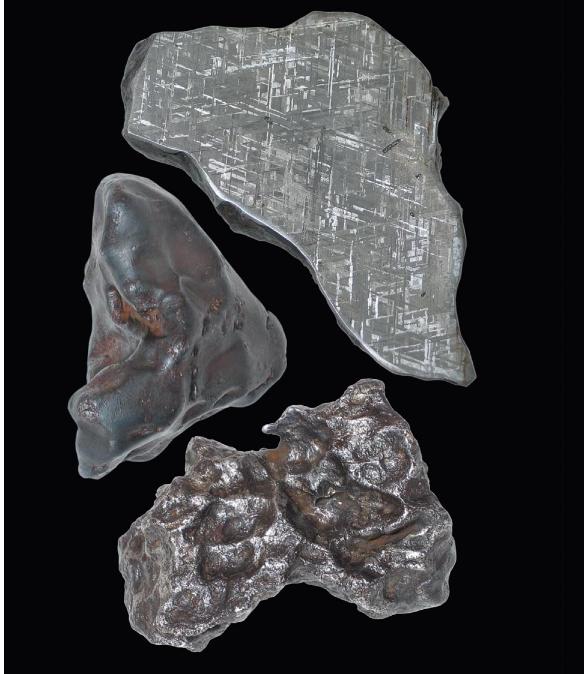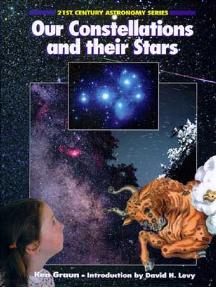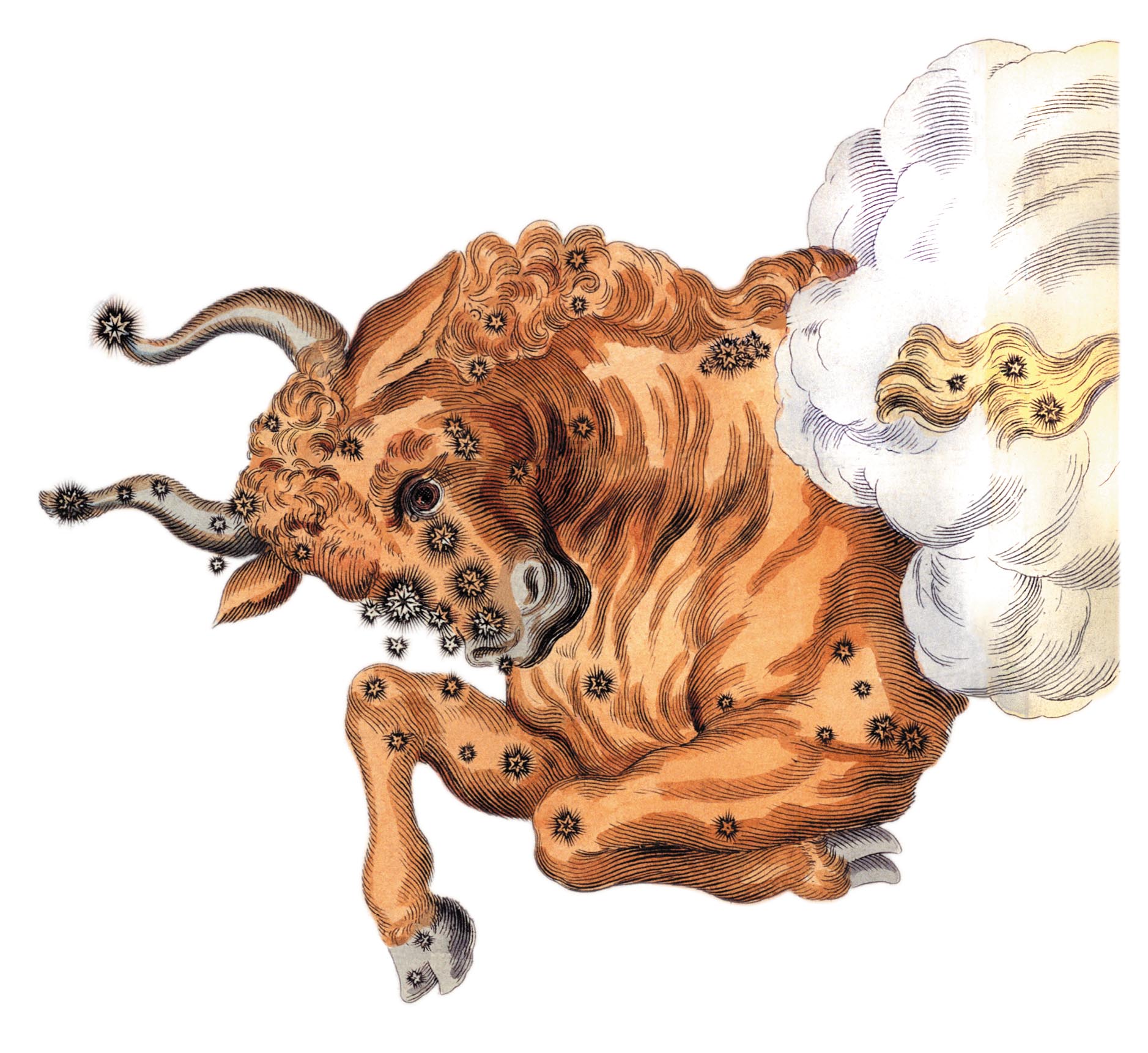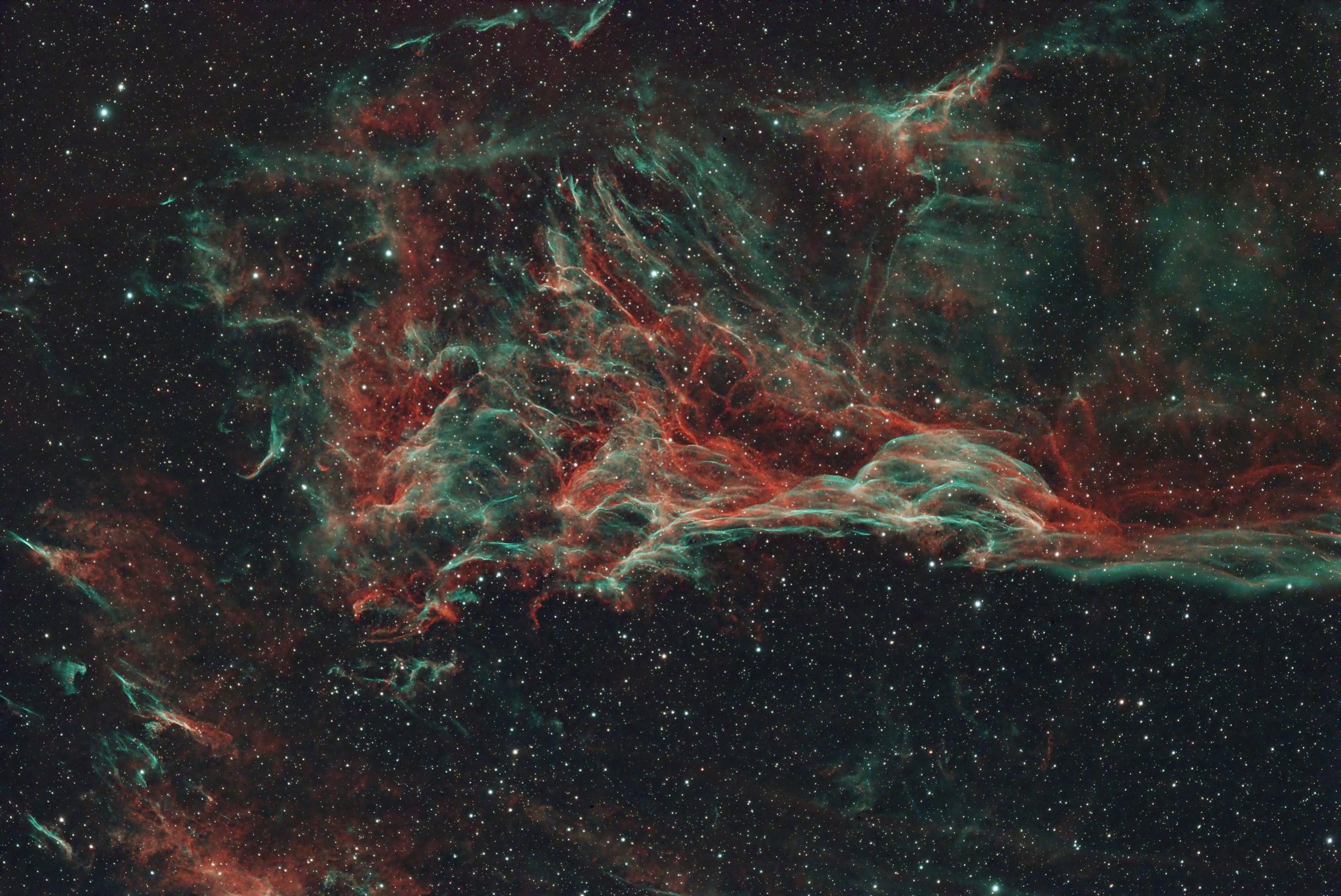
Yearly Meteor Shower
Table & Facts
Have a QUESTION
about the night sky or astronomy?
Some strange star in the sky that mystifies you? Email Ken Graun for an answer.

FREE
Children’s book on the constellations! No Gimmicks! Just pay the USPS Media shipping rate.
A video explaining the use of the Monthly Sky Chart is on YouTube.


